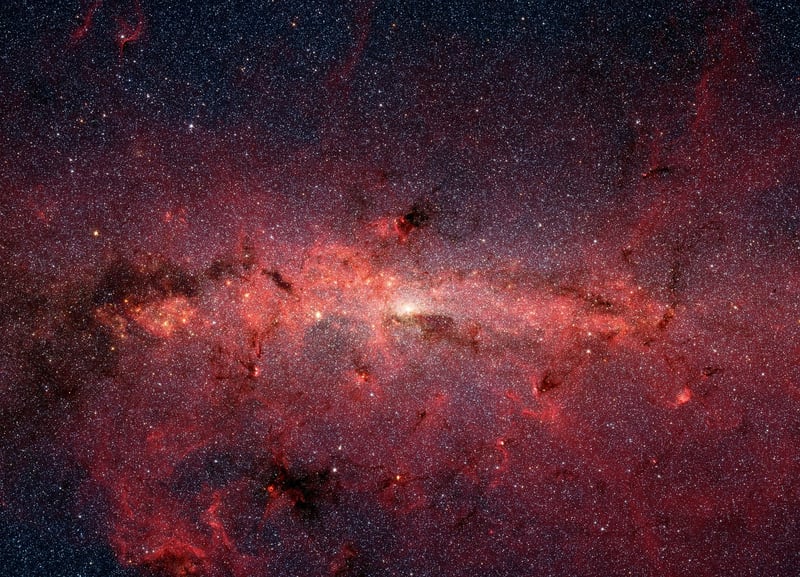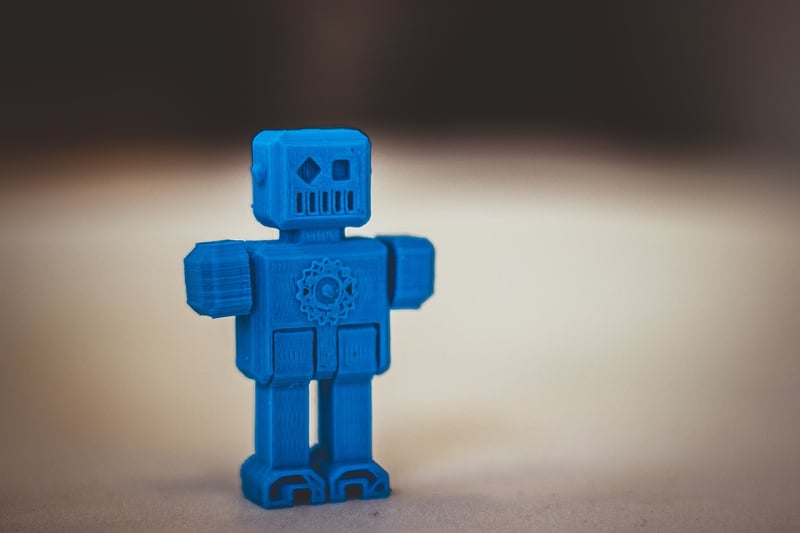3D Printing in Space
Advancements in Space Technology and 3D Printing in Space
Exploring the Final Frontier with Cutting-Edge Innovations
Space exploration has long been a fascinating subject for scientists, researchers, and the general public alike. Over the years, advancements in space technology have revolutionized our understanding of the universe and opened up new possibilities for exploration beyond Earth's boundaries. One such innovation that is reshaping the way we approach space missions is 3D printing technology.
The Evolution of Space Technology
From the first human landing on the moon to the development of reusable rockets, the history of space exploration is filled with remarkable achievements. In recent years, private companies like SpaceX, Blue Origin, and Virgin Galactic have been driving the next wave of advancements in space technology, making access to space more affordable and sustainable.
Benefits of 3D Printing in Space
3D printing, also known as additive manufacturing, has gained popularity for its ability to create complex and customized objects with ease. When it comes to space exploration, 3D printing offers several advantages:
- On-Demand Manufacturing: Astronauts can produce tools, spare parts, and even habitats on-site, reducing the need to carry everything from Earth.
- Weight and Cost Savings: By manufacturing objects in space using local resources, missions can be more cost-effective and efficient.
- Rapid Prototyping: Design iterations can be quickly tested and modified in real-time, speeding up the development process.
Applications of 3D Printing in Space
The potential uses of 3D printing in space are vast and diverse. Some of the key applications include:
- Building Structures: 3D printers can be used to construct habitats, bases, and other infrastructure on celestial bodies like the Moon and Mars.
- Manufacturing Tools: Astronauts can create specialized tools and equipment tailored to their specific needs during missions.
- Repairing Equipment: Broken or damaged components can be replaced on-site, extending the lifespan of critical systems.
Conclusion
As we look towards the future of space exploration, the integration of 3D printing technology is poised to revolutionize the way we approach missions beyond Earth. By harnessing the power of additive manufacturing, we can unlock new possibilities for sustainable space travel, colonization, and scientific research.
For more information on the latest advancements in space technology and 3D printing, visit NASA's official website.


